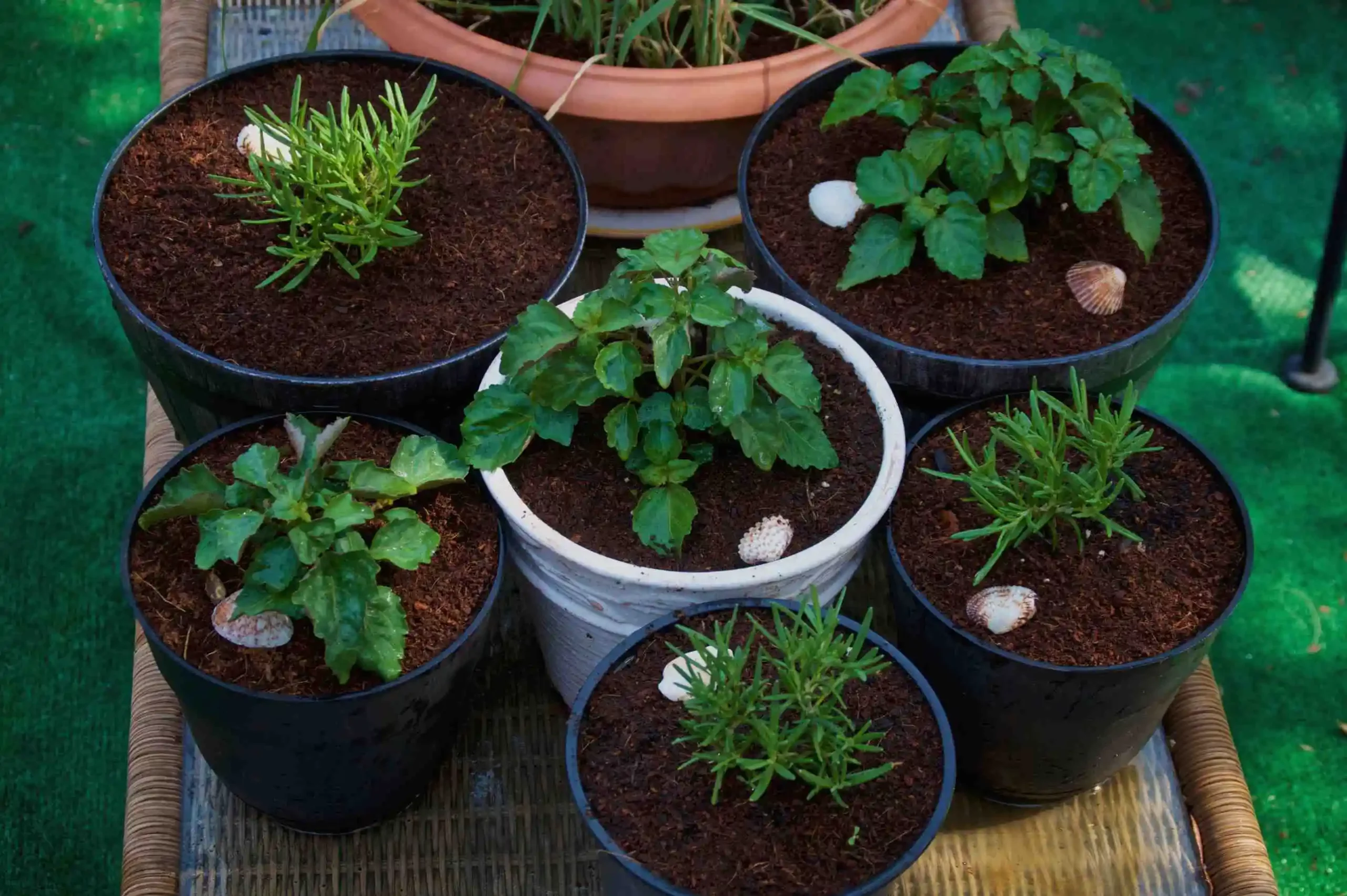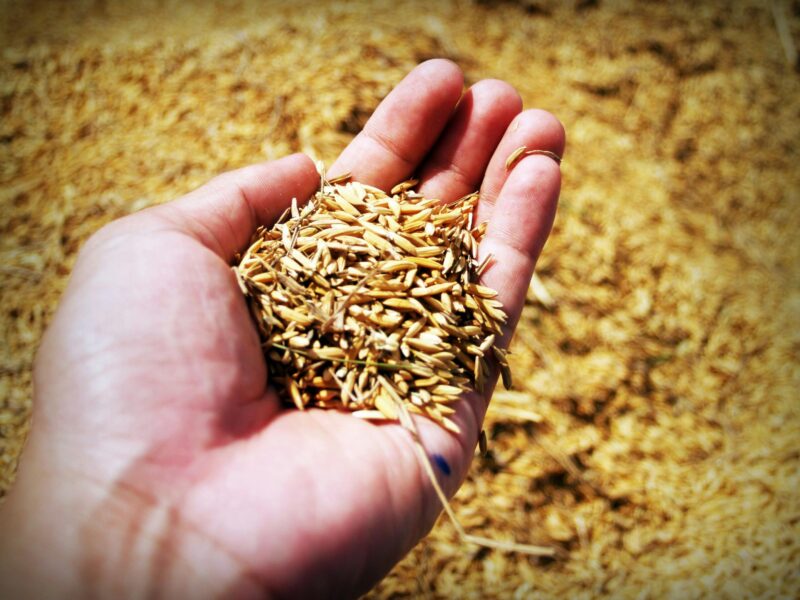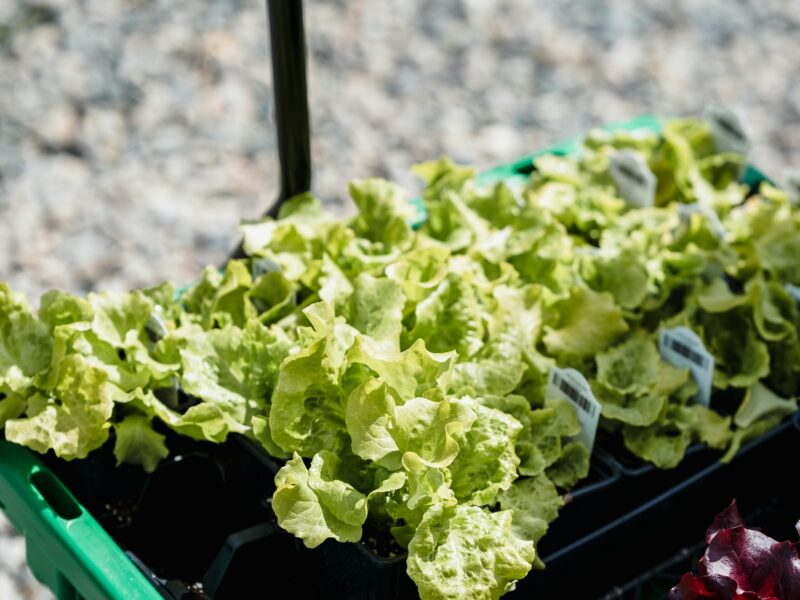Gardening is a rewarding and fulfilling hobby that allows you to connect with nature, beautify your surroundings, and grow your own fresh produce. But what if you don’t have a spacious backyard or a sprawling garden to work with? Fear not—container gardening is the perfect solution for gardeners with limited space or no outdoor garden at all. In this comprehensive guide, we’ll explore the ins and outs of container gardening and provide practical tips and advice for growing a thriving garden in small spaces.
Why Container Gardening?
Container gardening offers numerous benefits for gardeners of all skill levels, including:
- Space Efficiency: Containers allow you to grow plants in even the smallest of spaces, such as balconies, patios, decks, or windowsills.
- Portability: Containers are portable and can be moved around to optimize sunlight exposure, airflow, and aesthetic appeal.
- Versatility: Containers come in a variety of shapes, sizes, and materials, allowing for endless creativity and customization in garden design.
- Accessibility: Container gardening is accessible to gardeners of all ages and abilities, making it an ideal option for urban dwellers, apartment renters, and those with physical limitations.
Getting Started with Container Gardening
Before diving into container gardening, it’s essential to gather the necessary supplies and plan your garden layout. Here’s what you’ll need to get started:
- Containers: Choose containers that are appropriate for the size and type of plants you plan to grow. Consider factors such as drainage holes, material (e.g., plastic, ceramic, terracotta), and aesthetics when selecting containers for your garden.
- Potting Mix: Use a high-quality potting mix specifically formulated for container gardening. Avoid using garden soil, as it may contain pests, diseases, or weed seeds and may not provide adequate drainage or aeration for container plants.
- Plants: Select plants that are well-suited to container gardening and compatible with your growing conditions, such as sunlight exposure, temperature, and humidity. Consider factors such as plant size, growth habit, and water requirements when choosing plants for your containers.
- Watering Tools: Invest in watering tools such as a watering can, hose, or drip irrigation system to ensure that your container plants receive adequate moisture.
- Fertilizer: Use a balanced fertilizer or slow-release fertilizer to provide essential nutrients for healthy plant growth. Follow the manufacturer’s instructions for application rates and frequency.
Choosing the Right Containers
When selecting containers for your garden, consider the following factors:
- Size: Choose containers that are appropriate for the size of the plants you plan to grow. Larger containers hold more soil and moisture, providing better insulation and stability for plants.
- Material: Containers come in a variety of materials, each with its own advantages and disadvantages. Consider factors such as durability, weight, and aesthetics when choosing container materials such as plastic, ceramic, terracotta, or wood.
- Drainage: Ensure that containers have adequate drainage holes to prevent waterlogged soil and root rot. If a container does not have drainage holes, consider drilling or punching holes in the bottom to improve drainage.
Selecting Plants for Container Gardening
When choosing plants for your container garden, consider the following factors:
- Sunlight Requirements: Select plants that are compatible with the amount of sunlight available in your growing area, whether it’s full sun, partial shade, or full shade.
- Space Requirements: Choose plants that are well-suited to container gardening and won’t outgrow their containers too quickly. Look for compact or dwarf varieties of vegetables, herbs, flowers, and ornamental plants that are suitable for small spaces.
- Water Requirements: Consider the water requirements of your chosen plants and group them together according to their moisture needs to make watering more efficient.
Designing Your Container Garden
Once you’ve gathered your supplies and selected your plants, it’s time to design your container garden. Here are some tips for creating a visually appealing and functional container garden:
- Thriller, Filler, Spiller: Follow the “thriller, filler, spiller” formula for arranging plants in containers. Choose a tall, upright plant (the thriller) as the focal point, surround it with medium-height plants (the fillers), and trail low-growing plants over the edges of the container (the spillers) for added interest and dimension.
- Color and Texture: Consider the color, texture, and growth habit of plants when designing your container garden. Mix and match plants with different foliage colors, textures, and shapes to create visual interest and contrast.
- Vertical Gardening: Take advantage of vertical space by incorporating trellises, stakes, or hanging baskets into your container garden design. Grow vining plants such as tomatoes, cucumbers, or beans vertically to maximize space and productivity.
Caring for Your Container Garden
Proper care and maintenance are essential for keeping your container garden healthy and thriving. Here are some tips for caring for your container garden:
- Watering: Water container plants regularly to keep the soil consistently moist but not waterlogged. Check soil moisture levels regularly and adjust your watering schedule as needed, paying attention to factors such as temperature, humidity, and rainfall.
- Fertilizing: Fertilize container plants regularly with a balanced fertilizer or slow-release fertilizer to provide essential nutrients for healthy growth and development. Follow the manufacturer’s instructions for application rates and frequency.
- Pruning and Deadheading: Prune dead or damaged foliage, deadhead spent flowers, and remove weeds regularly to keep your container garden looking tidy and well-maintained. Pruning and deadheading also promote healthy growth and flowering in plants.
- Pest and Disease Management: Monitor your container plants regularly for signs of pests, diseases, or nutrient deficiencies. Address any issues promptly to prevent them from spreading and causing damage to your plants.
Creative Container Gardening Ideas
Get creative with your container gardening by thinking outside the box and experimenting with unique and unconventional containers. Here are some creative container gardening ideas to inspire your next gardening project:
- Vertical Gardens: Create a vertical garden by stacking or hanging containers vertically to maximize growing space and add visual interest to your outdoor space.
- Repurposed Containers: Use repurposed or upcycled containers such as old buckets, barrels, crates, or even shoes to add character and charm to your container garden.
- Hanging Gardens: Hang containers from fences, walls, or pergolas to create a hanging garden that adds vertical interest and maximizes space.
- Window Boxes: Install window boxes on windowsills or railings to bring gardening to new heights and add curb appeal to your home.
Container gardening is a versatile, accessible, and rewarding way to grow a thriving garden in small spaces. Whether you’re a beginner gardener looking to dip your toes into gardening or a seasoned gardener looking for new challenges, container gardening offers endless opportunities for creativity, experimentation, and enjoyment. By following the tips and advice outlined in this guide, you can create a beautiful and productive container garden that brings joy, beauty, and abundance to your outdoor space. So roll up your sleeves, gather your supplies, and let your imagination run wild as you embark on your container gardening journey!


